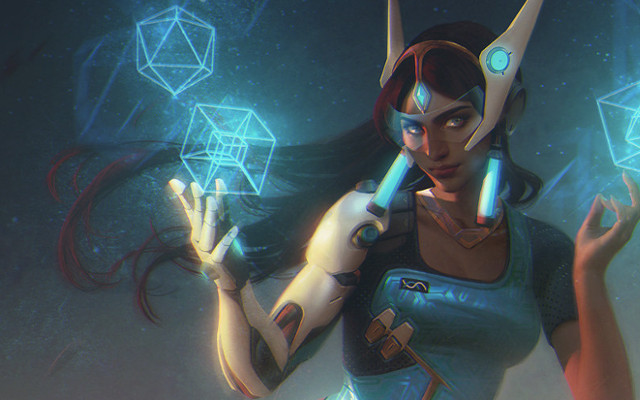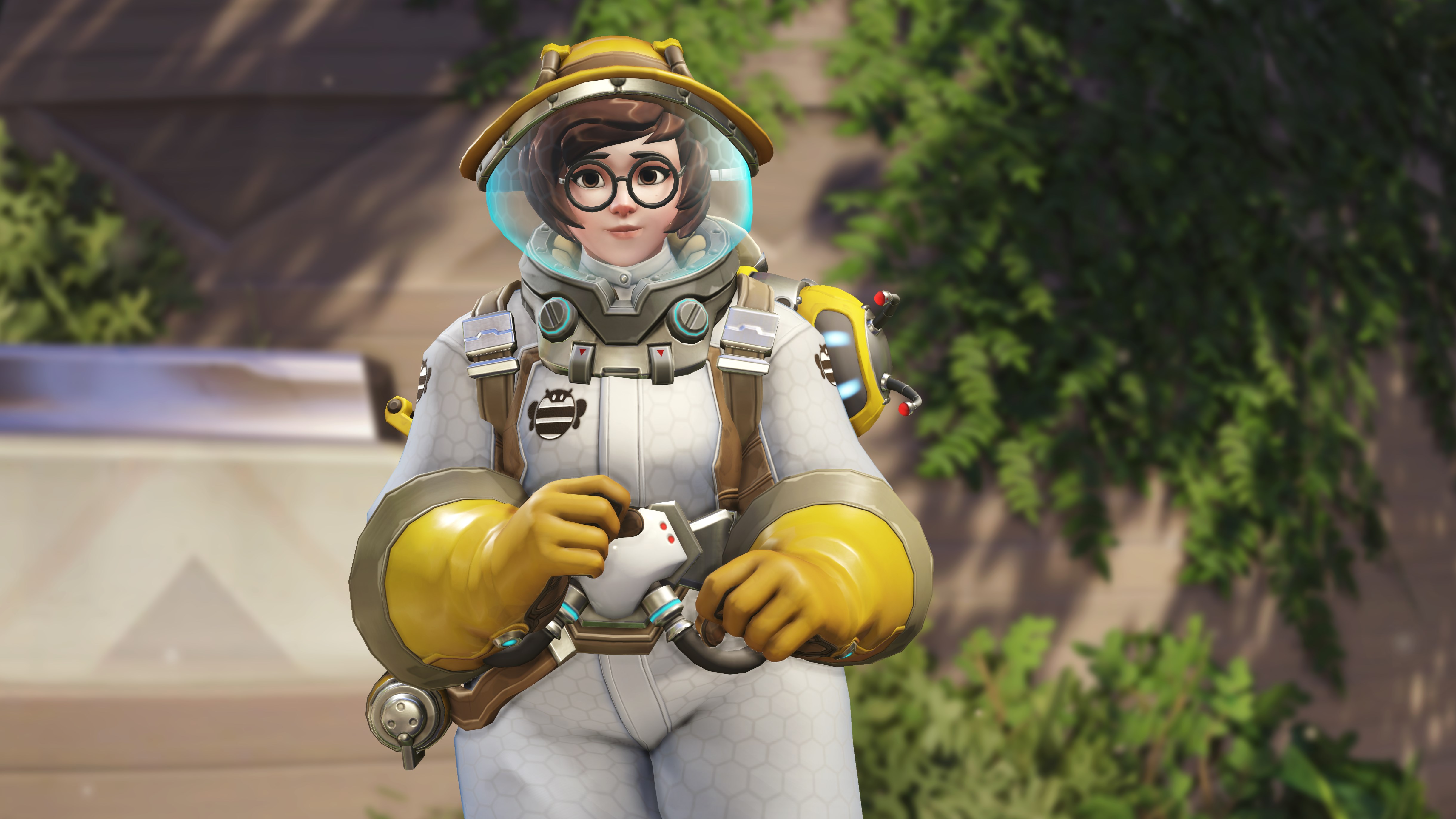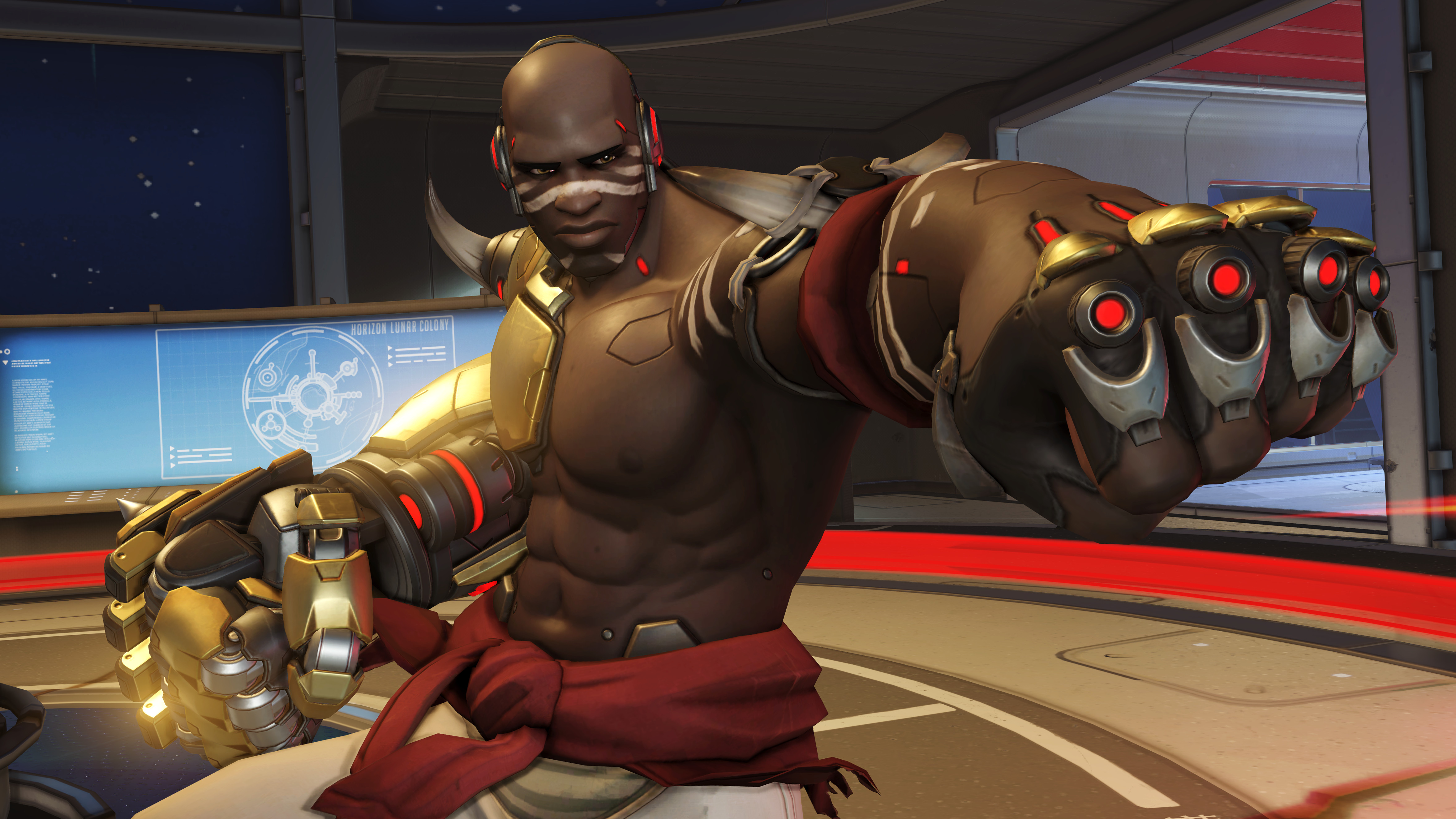With 119 patches, Overwatch sets the bar for post-launch support
Blizzard's pace since launch has been relentless. Can it keep going?

In late May, Overwatch celebrated its one-year anniversary with an in-game event that included 11 new hero skins, three new arena maps, and was capped off with the game’s first ever double XP weekend. Off the back of that, it would have been easy for Blizzard to lay low and skate to the next big holiday (no Flag Day skins arrived, sadly). But if the last year has been any indication, the Overwatch team doesn't rest.
The standards for maintaining competitive games are higher than they've ever been in the history of PC gaming.
Just last week, Blizzard added to the PTR Doomfist, the 25th hero for Overwatch, and the fourth hero released since the game’s launch. It feels like an impressive turnaround from the Anniversary Event just weeks prior, but looking at the steady trickle of new stuff the game has seen reveals that this is par for the course. In the year since Overwatch’s release, it’s hard to recall a time when players weren’t being tantalized by the next new character or event.
In just the first three months of its existence, the game received a number of big updates and features, including competitive play (something that Team Fortress 2 took almost nine years to implement), a new hero in support sniper Ana, and the Summer Games, Overwatch’s first seasonal event.
To get granular about what's released over the past year, we asked Blizzard:
- Overwatch has been patched 119 times, including 14 major patches, and 39 client patches.
- To date, there have been 37 different rulesets that have made their way through the Brawl and Arcade modes. At launch, there were only three: Quick Play, Play vs. AI, and the weekly brawl.
- The number of items available in loot boxes at launch was 1,248. Today, there are 2,203.
This pace of updating rewards players for sticking around by offering new ways to play the game. And more importantly, it ensures that Overwatch stays in our periphery, tempting us to jump in for another match. It’s impressive marketing that's also assured that the multiplayer population has stayed healthy.

Blizzard has also been forward and transparent about its plans. Through channels like the Developer Update video series and the Overwach official forums, the development team offers up candid, often long insights into the ever-changing nature of the game. This consistent transparency is something of a rarity in the games industry, and nurtures a sense of community between the Overwatch team and the players. Even if you don't agree with every balance tweak, it's probably been explained by the team.
Compare this volume of communication to a game like Counter-Strike: Global Offencive that has a reputation for sporadic outreach, shocking changes like 2015's R8 revolver, and of offloading the creation of new content to the community. At one point, there was even confusion about just how many people were working on CS:GO—measurably the most popular FPS over the past three or four years. By comparison, Overwatch is a bastion of good will.
The biggest gaming news, reviews and hardware deals
Keep up to date with the most important stories and the best deals, as picked by the PC Gamer team.
Much of the praise can be attributed to game director Jeff Kaplan. As the face of Overwatch, Kaplan fields a lot of the interaction between the development team and the players. He has handled his public role with poise and self-criticism, and does a good job of nurturing a positive relationship with Overwatch’s vocal player base. There aren’t a lot of game directors so willing to put themselves out there, which makes Kaplan’s role as liaison another example of Overwatch’s standout support.
The next (10?) years
However impressive the support Overwatch has received, there is always room for improvement. One of the long-running complaints was that duplicate items were far too common in loot boxes, a qualm echoed across many different forums. Blizzard finally heard the criticism and has addressed the issue on the PTR, and will release the loot box changes as Doomfist makes his way into the game proper.
Another worry is the staying power of Overwatch. If Blizzard keeps up its current pace, it will have to manage bloat and balance. Proportionally, the 30th new Lucio skin or the 30th new map probably won't produce the same novelty and excitement as the first few. Likewise, questions regarding the current meta have raised some concerns about the viability of some heroes at a competitive level, and we’re only at the beginning of year two. Will Overwatch be able to attain the longevity of something like Team Fortress 2 given its current content output? Only time will tell.

Overwatch’s burgeoning esports league also exposes potential flaws in the current meta. Currently, the “dive” team composition is dominating competitive mode and is making waves, causing some to wonder how it will impact upcoming pro events. A game that boasts an audience the size of Overwatch’s can hardly afford to stagnant if it hopes to keep attracting new pros and viewers, especially as money pours into its competitive scene.
The standards for maintaining competitive games are higher than they've ever been in the history of PC gaming. For now, Blizzard has set the bar for post-launch support in multiplayer shooters, and not just in terms of gameplay; a bevy of other stuff like comics, videos and character bios help to flesh out the lore that the game vaguely teases.

